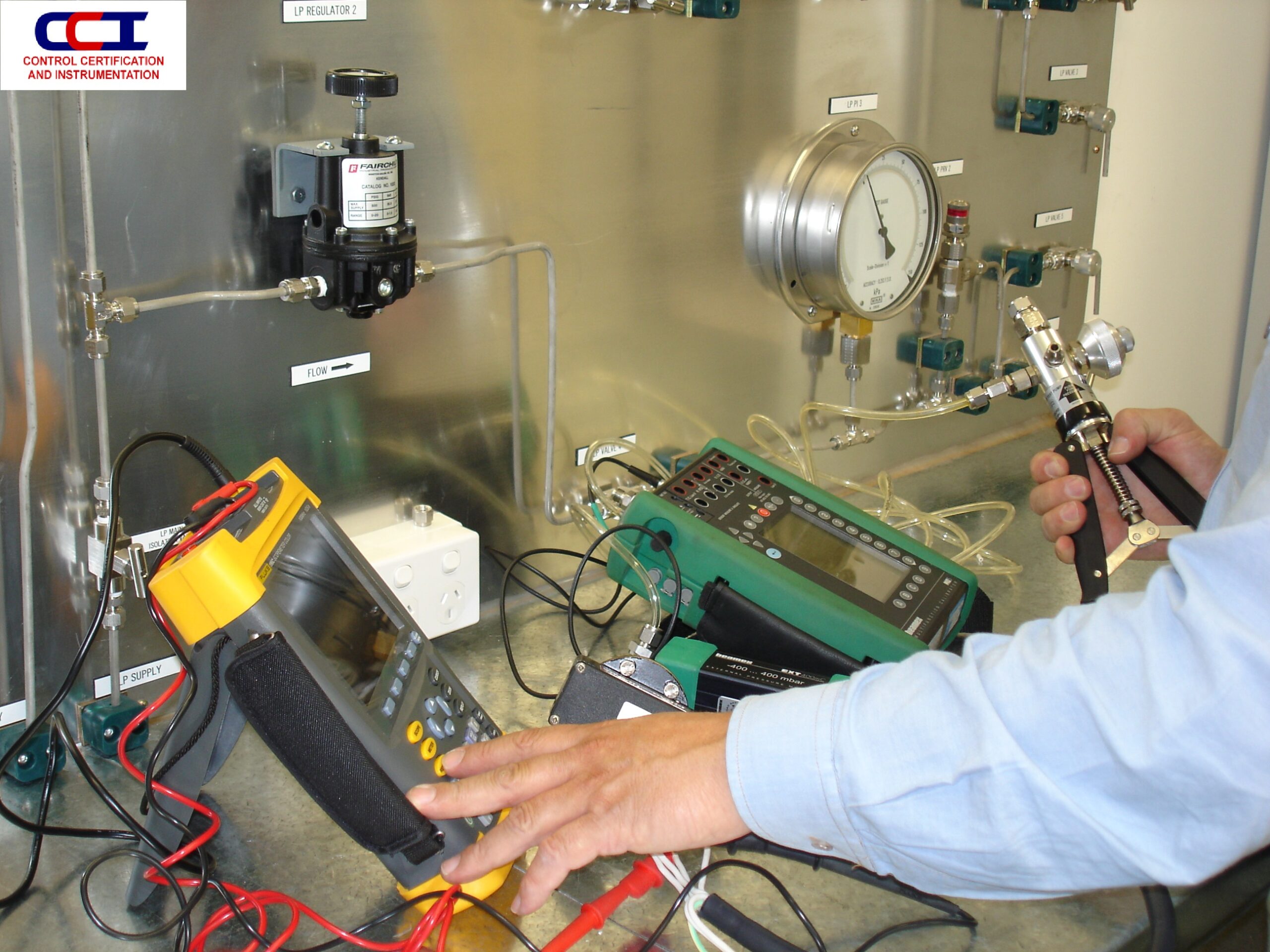Have you ever wondered about the secret behind the accuracy of instruments we rely on every day, whether it’s the thermometer that helps you determine your body temperature or the speedometer that guides your car on the highway? The answer lies in a crucial but often overlooked process: Instrument Calibration. In this blog post, we will delve into the fascinating world of instrument calibration and discuss when and why it should be performed.
So, whether you’re a scientist, an engineer, a healthcare professional, or simply someone curious about the devices you use, this article is for you.
What is Instrument Calibration?
Before we dive into the intricacies of when to perform Instrument Calibration, let’s take a moment to understand what it actually means. In simple terms, instrument calibration is the process of adjusting and fine-tuning an instrument to ensure it provides accurate and reliable measurements. This adjustment is necessary because, over time, instruments can drift from their initial calibration due to various factors, including wear and tear, environmental conditions, or simply the passage of time.
For instance, think about the trusty kitchen scale you use to measure ingredients for your favourite recipes. If it isn’t calibrated regularly, you might end up with a delicious cake one day and a disappointing one the next because the scale’s measurements have become inaccurate. Instrument Calibration ensures that our devices continue to perform as expected, maintaining the precision we rely on.
The Importance of Instrument Calibration
Now that we know what Instrument Calibration is let’s talk about why it’s so crucial. Think about the potential consequences of using instruments that are not properly calibrated. In industries like healthcare, a misaligned medical device could lead to incorrect diagnoses and treatment, endangering lives. In scientific research, the reliability of experiments hinges on precise measurements, and in manufacturing, product quality could be compromised. Calibration, in essence, is the foundation of trust in the data and results we obtain from instruments.
Calibration also plays a significant role in regulatory compliance. Various industries are subject to strict standards and regulations, and maintaining calibrated instruments is often a mandatory requirement. Failing to comply with these standards can lead to severe consequences, including legal issues and damage to reputation.
When Should Instrument Calibration Be Performed?
The timing of Instrument Calibration is a critical factor, and it can vary depending on the type of instrument, its usage, and the industry it serves. Here are some general guidelines on when you should consider calibration:
1. At Regular Intervals
For many instruments, especially those used in laboratory settings or industrial processes, regular calibration is a must. This ensures that the instruments maintain their accuracy and reliability over time. The frequency of calibration can vary from daily, weekly, monthly, to annually, depending on the instrument’s usage and criticality.
2. After Significant Events
Calibration should be performed after any event that could potentially affect the instrument’s accuracy. This includes events like a drop, a power surge, or exposure to extreme temperatures. Even something as simple as routine maintenance or repairs can necessitate calibration to ensure the instrument is still accurate.
3. When Operating Conditions Change
If the operating conditions of an instrument change, it’s time to consider recalibration. For instance, if a temperature-controlled chamber’s setpoint is altered, the temperature sensor inside may need recalibration to ensure it continues to provide accurate readings under the new conditions.
4. Before Critical Measurements
Before conducting any critical measurements or experiments, it’s good practice to verify that the instruments you’re using are properly calibrated. This step helps ensure the accuracy and reliability of the results obtained.
5. According to Manufacturer Recommendations
Always refer to the manufacturer’s recommendations for calibration intervals. They often provide guidelines for when and how often calibration should be performed to maintain the instrument’s performance and longevity.
The Calibration Process
Understanding when to calibrate your instruments is just the beginning. The calibration process itself is a meticulous and precise endeavour that demands careful attention. Below, we provide an in-depth exploration of what this process entails:
- Preparation: The initial step involves gathering all the essential equipment required for calibration. This includes calibration standards and tools, ensuring that everything is in readiness to perform the calibration accurately.
- Measurement: Once properly prepared, the next stage involves comparing the instrument’s readings with known standards or references to identify any discrepancies. This critical step is the foundation of the entire process.
- Adjustment: If any discrepancies are detected during measurement, the instrument must undergo necessary adjustments to bring it in line with the established standards. These adjustments are crucial to ensuring the instrument’s accuracy.
- Documentation: Maintaining comprehensive records of the calibration process is of utmost importance. These records should encompass essential details such as the date of calibration, the individual responsible for the calibration, the adjustments made, and the final results. Such documentation ensures transparency and traceability.
- Validation: After the calibration process, it is imperative that the instrument undergo validation tests to confirm that it meets the specified requirements and standards. Validation provides the confidence that the instrument is fit for its intended purpose.
It is worth noting that the calibration process can be intricate and, for certain instruments, may necessitate specialised knowledge and equipment. In cases where complexity or precision demands exceed your in-house capabilities, it is advisable to engage professional calibration services. Seeking expert assistance ensures that you obtain accurate and traceable results, maintaining the integrity of your instrumentation and processes.
Conclusion: Precision in Every Measurement
In our increasingly technology-driven world, Instrument Calibration is the invisible force that maintains the accuracy and reliability of the instruments we depend on. Whether it’s ensuring the safety of a medical diagnosis, the quality of manufactured goods, or the accuracy of scientific research, calibration plays a vital role in our daily lives.
By understanding when to perform calibration and recognising its importance, you can not only ensure that your instruments are delivering reliable results but also contribute to the integrity of your work and the safety of those who depend on you.
Calibration is not just a task; it’s a commitment to precision and excellence in everything we do.



